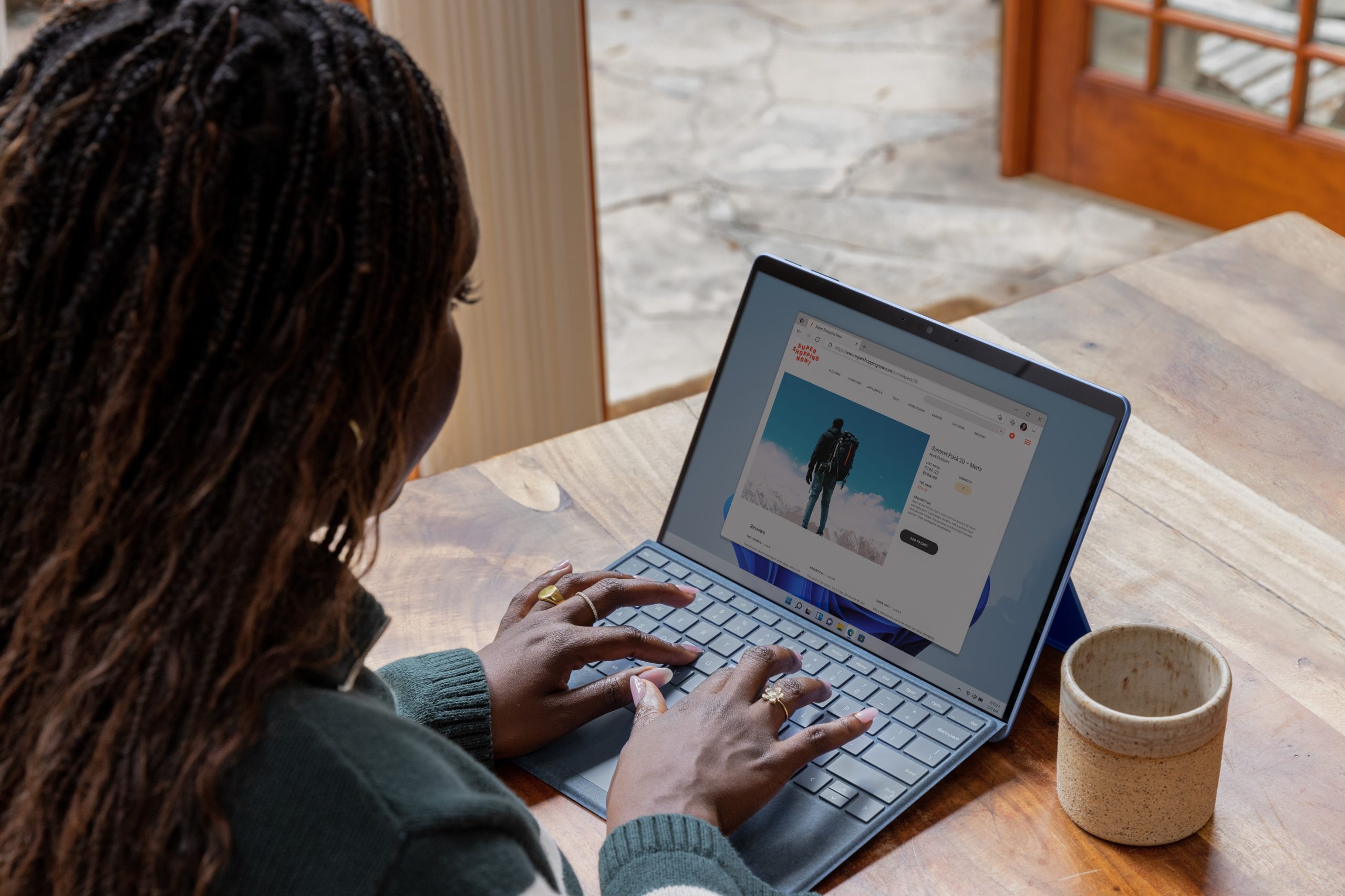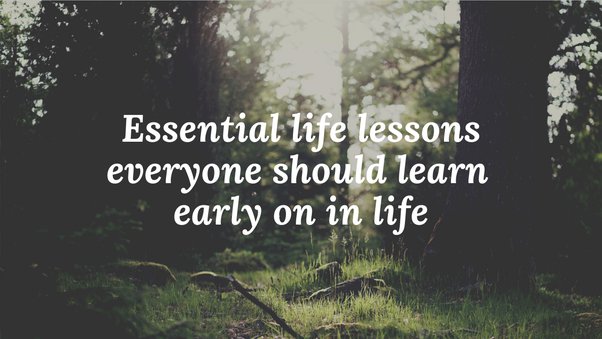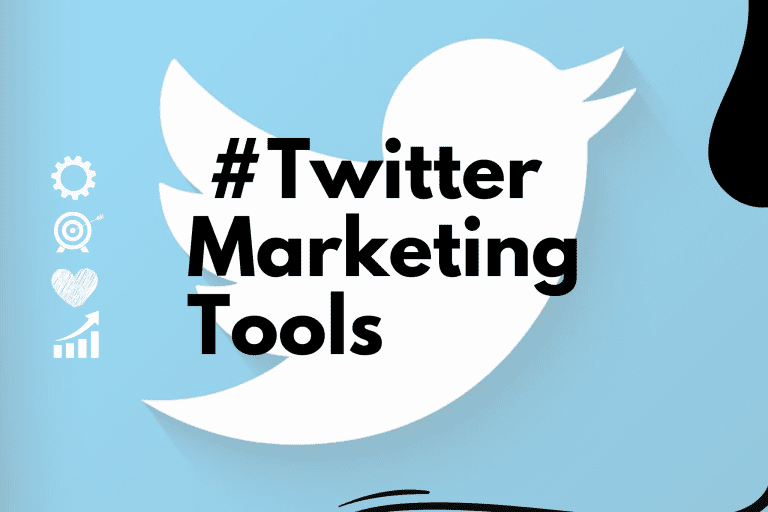A Step-by-Step Guide to Creating a Successful Blog for Beginners
Blogging is one of the best ways to share your ideas, knowledge, and experiences with the world. Whether you want to start a personal blog, a business blog, or a blog to support a cause, blogging can help you reach a wide audience and make a positive impact. However, if you’re new to blogging, it can be overwhelming to know where to start. In this article, we’ll cover everything you need to know about blogging for beginners, including how to choose a niche, set up your blog, create engaging content, promote your blog, and more.
1. Choose a Niche:
The first step in starting a blog is to choose a niche. This is the specific topic or area that you’ll be focusing on in your blog. Choosing a niche is important because it helps you define your target audience and establish yourself as an expert in that area. Here are some tips for choosing a niche:
- Choose a topic that you’re passionate about: Blogging requires a lot of time and effort, so it’s important to choose a topic that you’re passionate about. This will help you stay motivated and committed to your blog.
- Choose a topic that has a large audience: While it’s important to choose a topic that you’re passionate about, it’s also important to choose a topic that has a large audience. This will help you attract more readers and grow your blog faster.
- Choose a topic that has monetization potential: If you plan to monetize your blog, it’s important to choose a niche that has potential for making money. This could be through affiliate marketing, sponsored content, or other forms of advertising.
2. Choose a Platform:
Once you’ve chosen your niche, the next step is to choose a blogging platform. There are several blogging platforms to choose from, but the two most popular are WordPress and Blogger. Here are some pros and cons of each:
WordPress: WordPress is the most popular blogging platform, and for good reason. It’s easy to use, highly customizable, and has a large community of users and developers. However, it requires a bit more technical knowledge than Blogger, and you’ll need to purchase hosting and a domain name.
Blogger: Blogger is a free blogging platform that’s owned by Google. It’s easy to use, requires no technical knowledge, and comes with built-in hosting. However, it’s not as customizable as WordPress, and you’ll have less control over your blog.
3. Set Up Your Blog:
Once you’ve chosen your platform, it’s time to set up your blog. Here are the basic steps:
- Choose a domain name: Your domain name is the address of your blog (e.g. www.mjavedaslam.com). Choose a domain name that’s easy to remember and relevant to your niche.
- Choose a hosting provider: If you’re using WordPress, you’ll need to choose a hosting provider. There are several hosting providers to choose from, but some popular options are Bluehost, SiteGround, and HostGator.
- Install WordPress: If you’re using WordPress, you’ll need to install it on your hosting provider. Most hosting providers offer a one-click install process that makes it easy to get started.
- Choose a theme: Your theme is the design of your blog. Choose a theme that’s relevant to your niche and looks professional.
- Customize your theme: Once you’ve chosen your theme, customize it to fit your brand. This could include changing colors, fonts, and images.
- Install plugins: Plugins are tools that add functionality to your blog. Some popular plugins for WordPress include Yoast SEO, Jetpack, and Akismet.
Read More: 5 Real Tips For Mastering LinkedIn
4. Create Engaging Content:
Now that your blog is set up, it’s time to start creating content. Here are some tips for creating engaging content:
- Write for your audience: Always keep your audience in mind when creating content. What are their interests? What are their pain points? What questions do they have? By writing for your audience, you’ll create content that resonates with them and keeps them coming back for more.
- Use headlines and subheadings: Headlines and subheadings make your content easier to read and understand. Use descriptive, keyword-rich headlines to grab your readers’ attention and entice them to read more.
- Use visuals: Visuals, such as images and videos, can help break up text and make your content more engaging. Use high-quality visuals that are relevant to your content.
- Write in a conversational tone: Your blog should feel like a conversation between you and your readers. Write in a friendly, conversational tone that’s easy to read and understand.
- Provide value: Your content should provide value to your readers. Whether it’s entertainment, education, or inspiration, make sure your content is useful and meaningful to your audience.
- Use SEO: SEO, or search engine optimization, is the process of optimizing your content for search engines. By using relevant keywords, meta descriptions, and alt tags, you can improve your blog’s visibility in search results and attract more readers.
5. Promote Your Blog:
Creating great content is only half the battle. To attract readers and grow your blog, you’ll need to promote it effectively. Here are some tips for promoting your blog:
- Use social media: Social media is a great way to promote your blog and engage with your audience. Choose the social media platforms that are most relevant to your niche and target audience, and share your content regularly.
- Guest post on other blogs: Guest posting on other blogs is a great way to reach a wider audience and establish yourself as an expert in your niche. Look for blogs that are relevant to your niche and offer guest posting opportunities.
- Build an email list: Building an email list is a great way to stay in touch with your readers and promote your blog. Offer a freebie, such as an ebook or a checklist, in exchange for email addresses.
- Network with other bloggers: Networking with other bloggers can help you build relationships, gain exposure, and learn from others in your niche. Join blogging groups and attend conferences and events to connect with other bloggers.
Conclusion:
Blogging can be a great way to share your ideas, connect with others, and make a positive impact. By choosing a niche, setting up your blog, creating engaging content, and promoting your blog effectively, you can create a successful blog that attracts readers and helps you achieve your goals. Remember to stay true to yourself and your brand, and always focus on providing value to your audience. With patience, persistence, and a little bit of creativity, you can build a successful blog that makes a difference.

Hi, this is Javed Aslam. I hope all is well on your end.
I am a professional content writer and copywriter with more than four years of experience. During these years, I have worked with multiple clients and organizations I made the projects successful. If you are looking for content writing and copywriting services, contact me. Thanks.







